Douglas Fir Tree Care: Tips On Planting A Douglas Fir Tree


Douglas fir trees (Pseudotsuga menziesii) are also known as red firs, Oregon pines, and Douglas spruce. However, according to Douglas fir information, these evergreens are not pines, spruce, or even true firs. They are tall, beautiful conifers native to the Pacific Northwest. For information about growing Douglas firs and tips on Douglas fir tree care, read on.
Douglas Fir Information
Douglas fir information mentions two species of Douglas fir, the coastal variety and the Rocky Mountain variety. Both are evergreen, but coastal Douglas fir trees are taller and grow faster. The tree’s native range spreads from New Mexico’s Rocky Mountains to the Gulf of Alaska. You’ll find the biggest Douglas firs in the landscape along the wet Pacific coast. Douglas fir is a big tree that grows to over 120 feet (37 m.) when mature. The straight trunk can grow to 4 feet (1 m.) in diameter and sometimes even twice that wide. The trees are long lived as well. When you are planting a Douglas fir tree, keep in mind that these giants often live 800 years.
Growing Douglas Firs
Douglas firs in the landscape are elegant and attractive. The tree’s form is a tall, slender triangle, and young firs are often used as Christmas trees. There are also many dwarf varieties available to the home gardener. In forests, Douglas firs drop their lower branches but in the open, their spread can exceed 20 feet (6 m.). Gardeners appreciate Douglas firs in the landscape for their green-blue needles. Their arrangement on the twigs look like bottlebrush. Those growing Douglas firs will soon find that the cones are egg shaped and up to 4 inches (10 cm.) long.
Planting a Douglas Fir Tree
Before you start growing Douglas firs, you’ll need to find a good planting location. They grow best in areas with cold winters and hot summers in USDA plant hardiness zones 4 through 6. When you are planting a Douglas fir, be sure to site the tree in an area with excellent drainage. Even the best Douglas fir tree care will not enable this evergreen to thrive in poorly drained soils. Douglas fir tree care includes providing irrigation in the summer. You’ll need to water between one and four times each month, depending on rainfall and how the soil holds water. You’ll do best planting a Douglas fir tree in a shady area. Either part shade or full shade will work fine. Be certain that the soil is deep, moist, and well-drained. Once the tree is established, Douglas fir tree care is minimal. The tree is drought-tolerant and can thrive in areas with only16 inches (41 cm.) of precipitation annually.
Gardening tips, videos, info and more delivered right to your inbox!
Sign up for the Gardening Know How newsletter today and receive a free copy of our e-book "How to Grow Delicious Tomatoes".

Teo Spengler is a master gardener and a docent at the San Francisco Botanical Garden, where she hosts public tours. She has studied horticulture and written about nature, trees, plants, and gardening for more than two decades. Her extended family includes some 30 houseplants and hundreds of outdoor plants, including 250 trees, which are her main passion. Spengler currently splits her life between San Francisco and the French Basque Country, though she was raised in Alaska, giving her experience of gardening in a range of climates.
-
 4 Superfast Composting Methods: Turn Waste Into Garden Gold In 30 Days Or Less
4 Superfast Composting Methods: Turn Waste Into Garden Gold In 30 Days Or LessTry the fastest composting methods to turbocharge your pile and transform kitchen scraps and garden waste into finished compost in just a few weeks.
By Mary Ellen Ellis
-
 Best Spider Plant Soil – Complete Soil Guide And Expert Tips For Keeping Plants Happy
Best Spider Plant Soil – Complete Soil Guide And Expert Tips For Keeping Plants HappySpider plants are fun and easy plants to grow, but what is the best soil for a spider plant? Selecting the right soil is important so they can thrive.
By Bonnie L. Grant
-
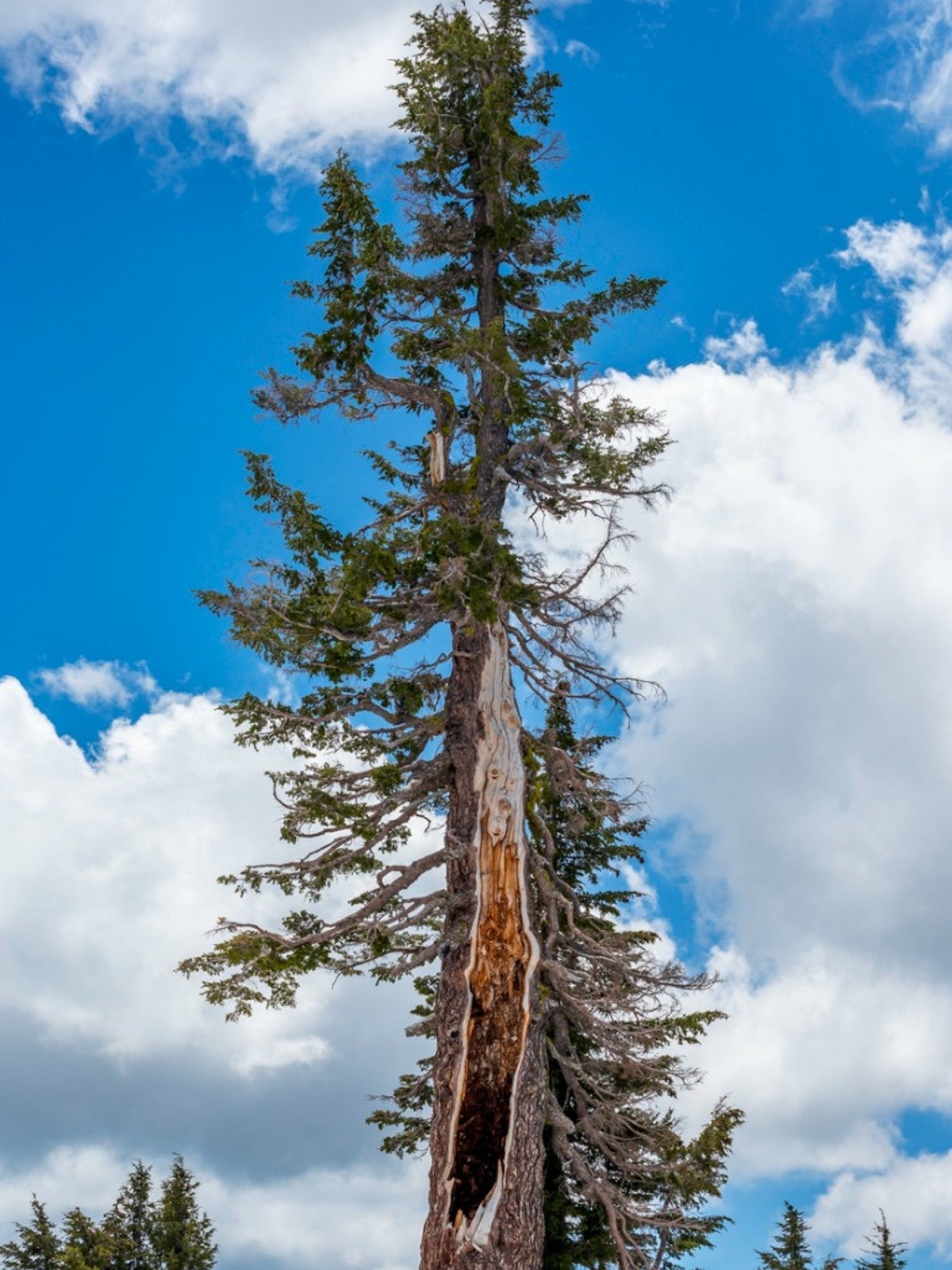 What Is A California Red Fir - Abies Magnifica Info
What Is A California Red Fir - Abies Magnifica InfoIf you have a large property, you might consider growing one a California red fir. Read on for tips on California red fir care.
By Teo Spengler
-
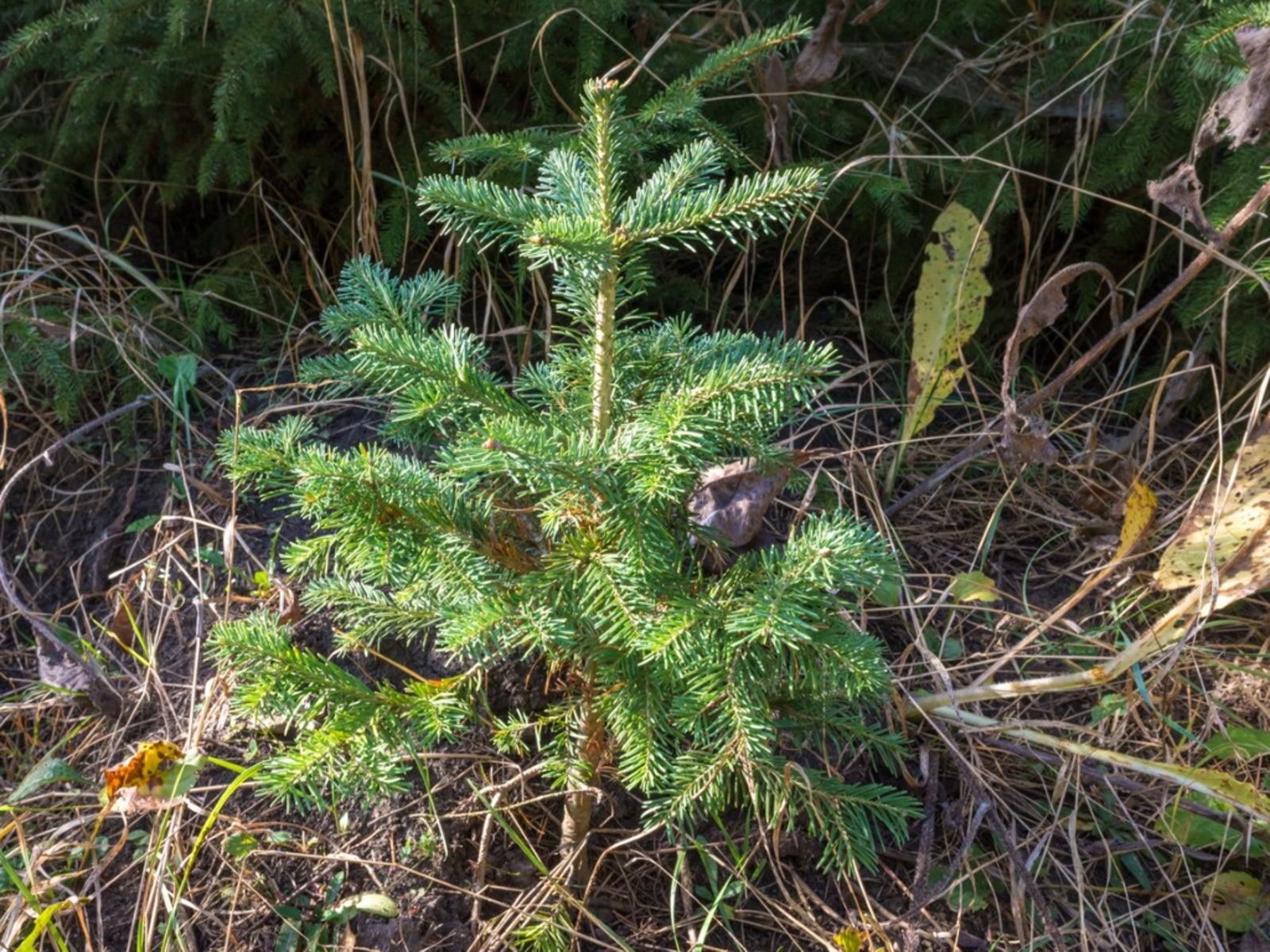 Subalpine Fir Tree Information – Learn About Subalpine Fir Growing Conditions
Subalpine Fir Tree Information – Learn About Subalpine Fir Growing ConditionsSubalpine fir trees are a type of evergreen with many common names. What are the uses for subalpine fir? Click to learn more.
By Teo Spengler
-
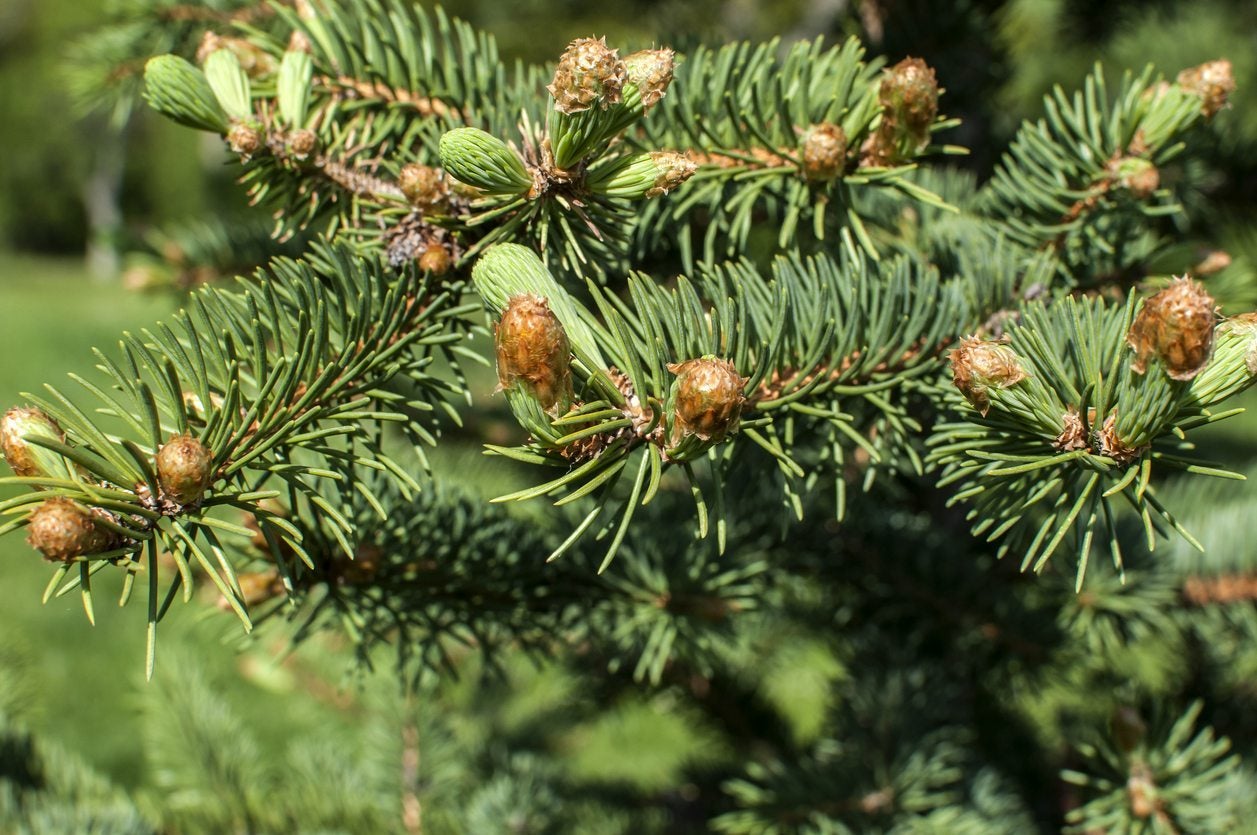 White Fir Facts: What Is A Concolor Fir Tree
White Fir Facts: What Is A Concolor Fir TreeConcolor white fir is a stately evergreen tree with a symmetrical shape, long, soft needles and an attractive, silvery blue-green color. Concolor white fir is often planted as a striking focal point and is especially appreciated for its winter color. Learn more about it in this article.
By Mary H. Dyer
-
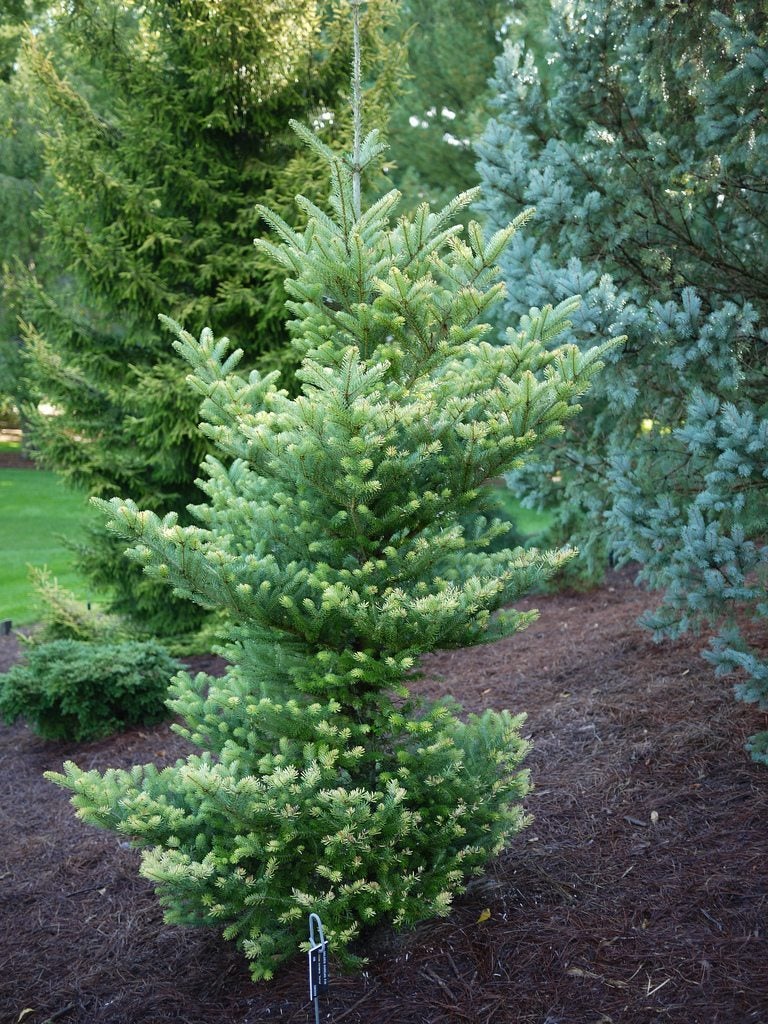 Golden Korean Fir Care – Learn About Golden Korean Fir Trees In Gardens
Golden Korean Fir Care – Learn About Golden Korean Fir Trees In GardensGolden Korean fir trees are compact evergreens known for their remarkable and attractive chartreuse foliage. The cultivar?s irregular spreading form is eye-catching, making the tree an excellent focal point in a garden. For Golden Korean fir information, click here.
By Teo Spengler
-
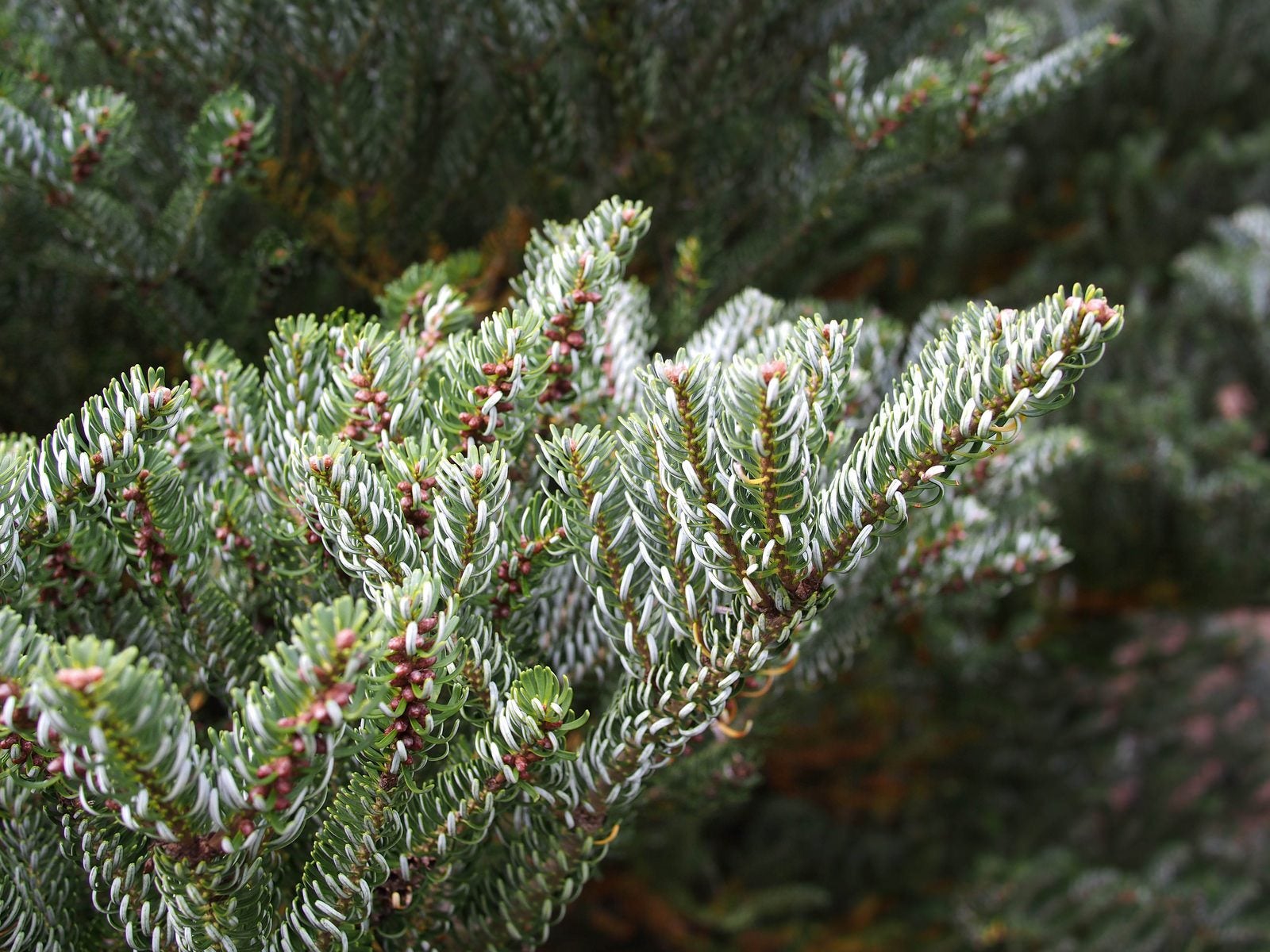 Korean Fir Tree Information – Tips On Growing Silver Korean Fir Trees
Korean Fir Tree Information – Tips On Growing Silver Korean Fir TreesSilver Korean fir trees are compact evergreens with very ornamental fruit. They grow to 20 feet tall (6 m.) and thrive in USDA plant hardiness zones 5 through 7. For more silver Korean fir tree information, including tips on how to grow a silver Korean fir, click here.
By Teo Spengler
-
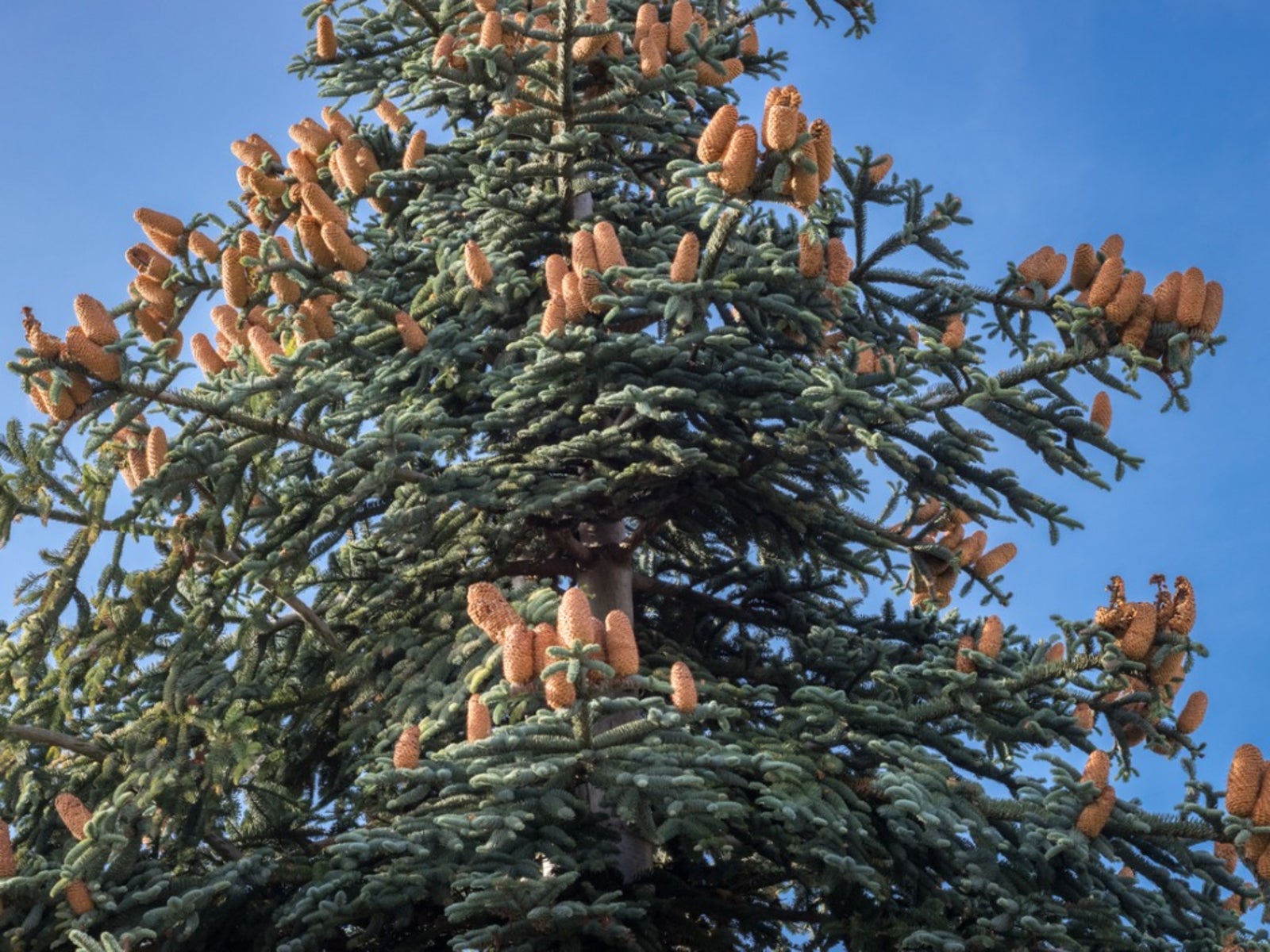 Noble Fir Information: Caring For Noble Firs In Landscapes
Noble Fir Information: Caring For Noble Firs In LandscapesNoble firs are extremely attractive evergreen trees and the largest native firs in America. Planting a noble fir isn't difficult in the correct hardiness zones. Click on the following article for more noble fir information and tips on caring for noble firs.
By Teo Spengler
-
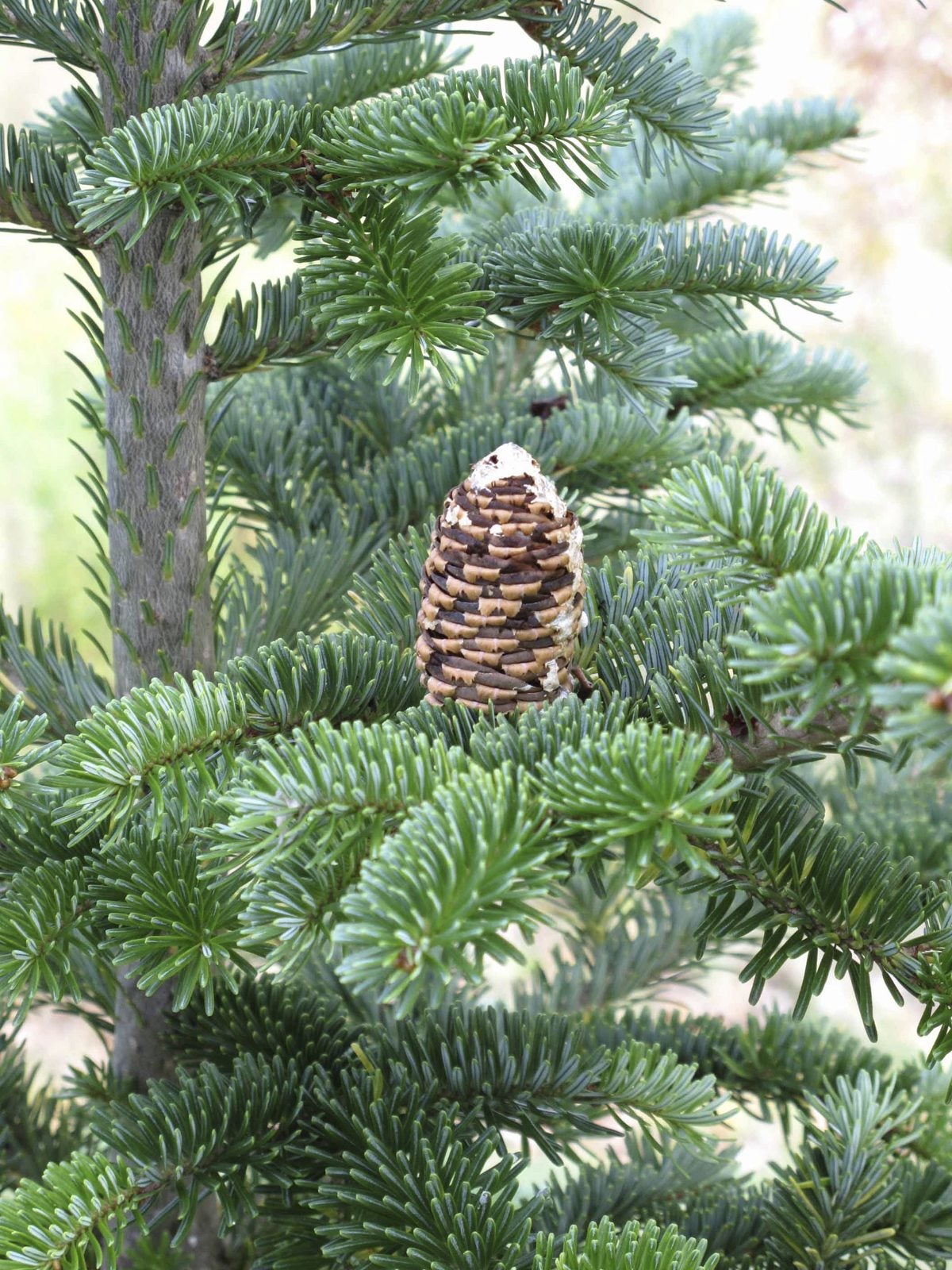 Fraser Fir Tree Care: How To Grow A Fraser Fir Tree
Fraser Fir Tree Care: How To Grow A Fraser Fir TreeThe fragrance of a Fraser fir immediately brings to mind the winter holidays. Have you ever thought of growing one as a landscape tree? Click this article for tips on Fraser fir tree care.
By Jackie Carroll
-
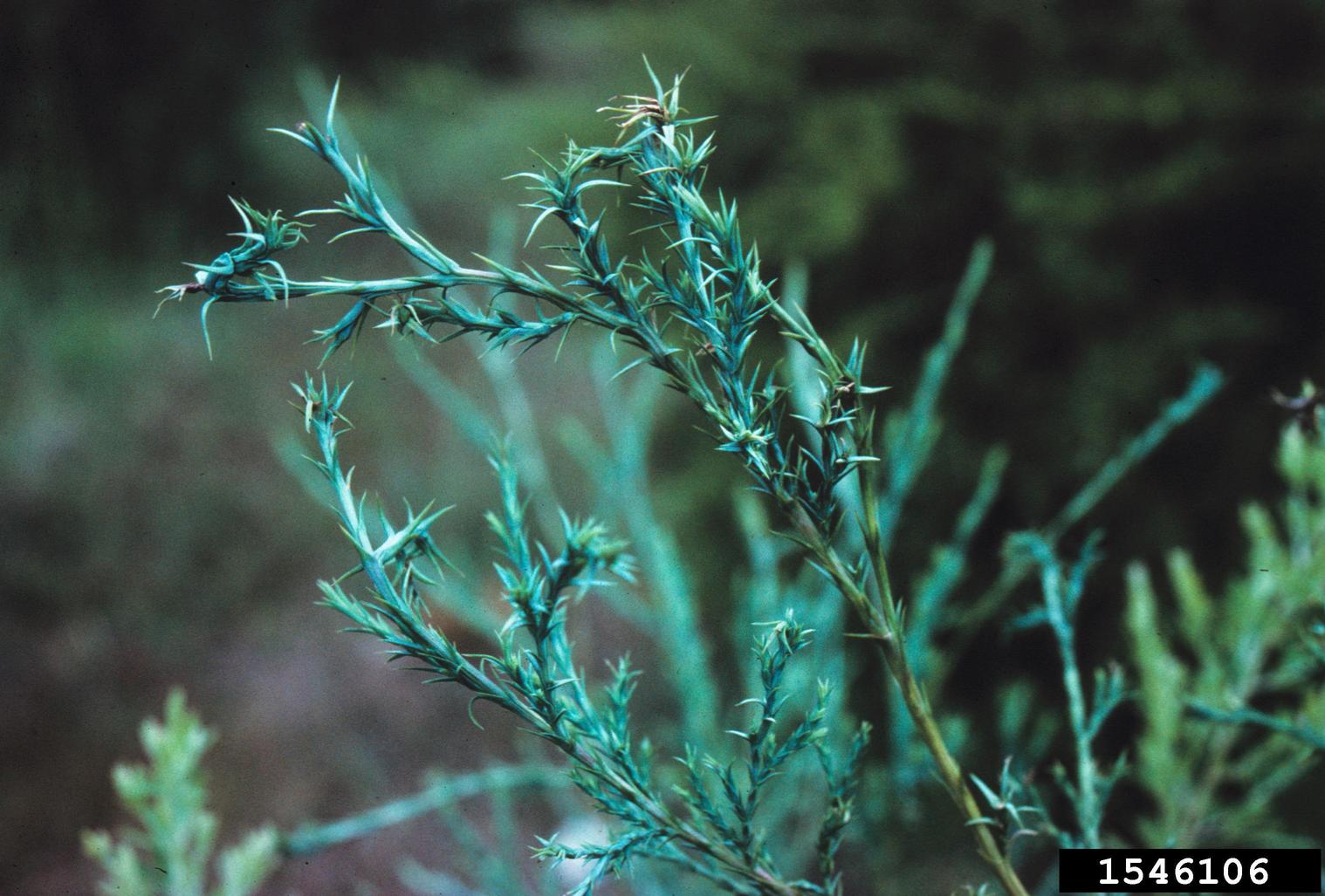 What Are Rosette Bud Mites – Learn About Bud Mite Symptoms And Control
What Are Rosette Bud Mites – Learn About Bud Mite Symptoms And ControlFraser firs may succumb to rosette bud mites. What are rosette bud mites and what methods of rosette bud mite control are there for the grower? The following article contains answers to these questions and other information on rosette bud mites.
By Amy Grant